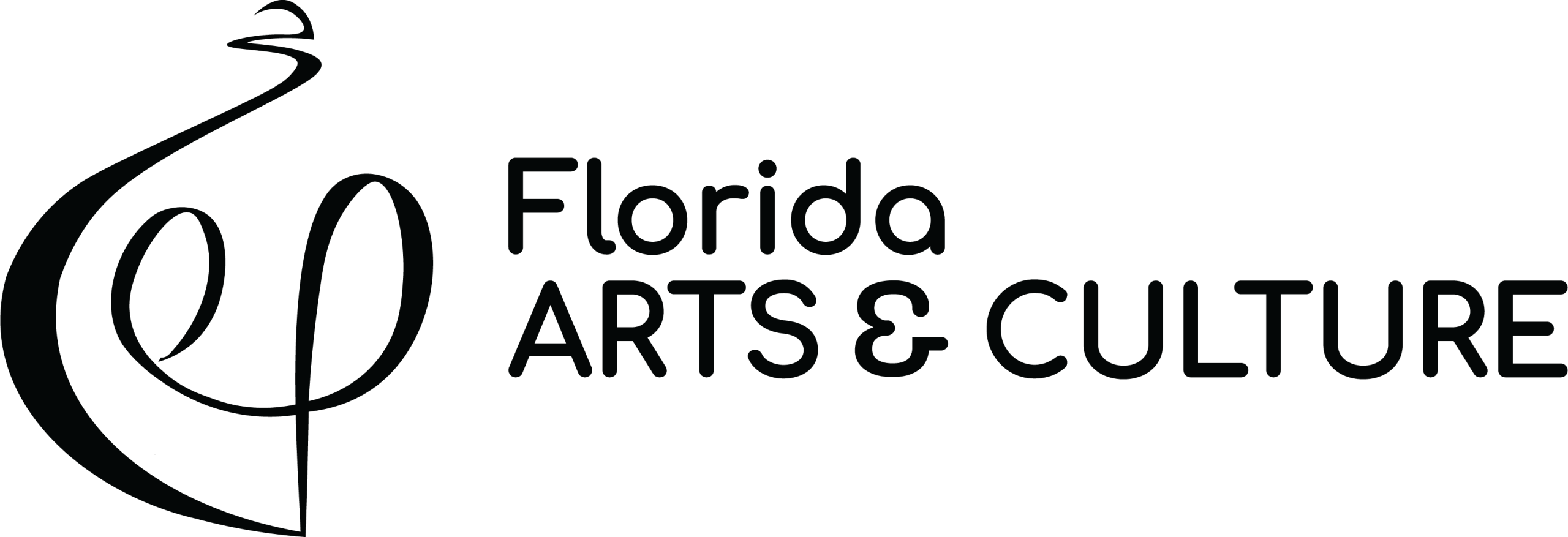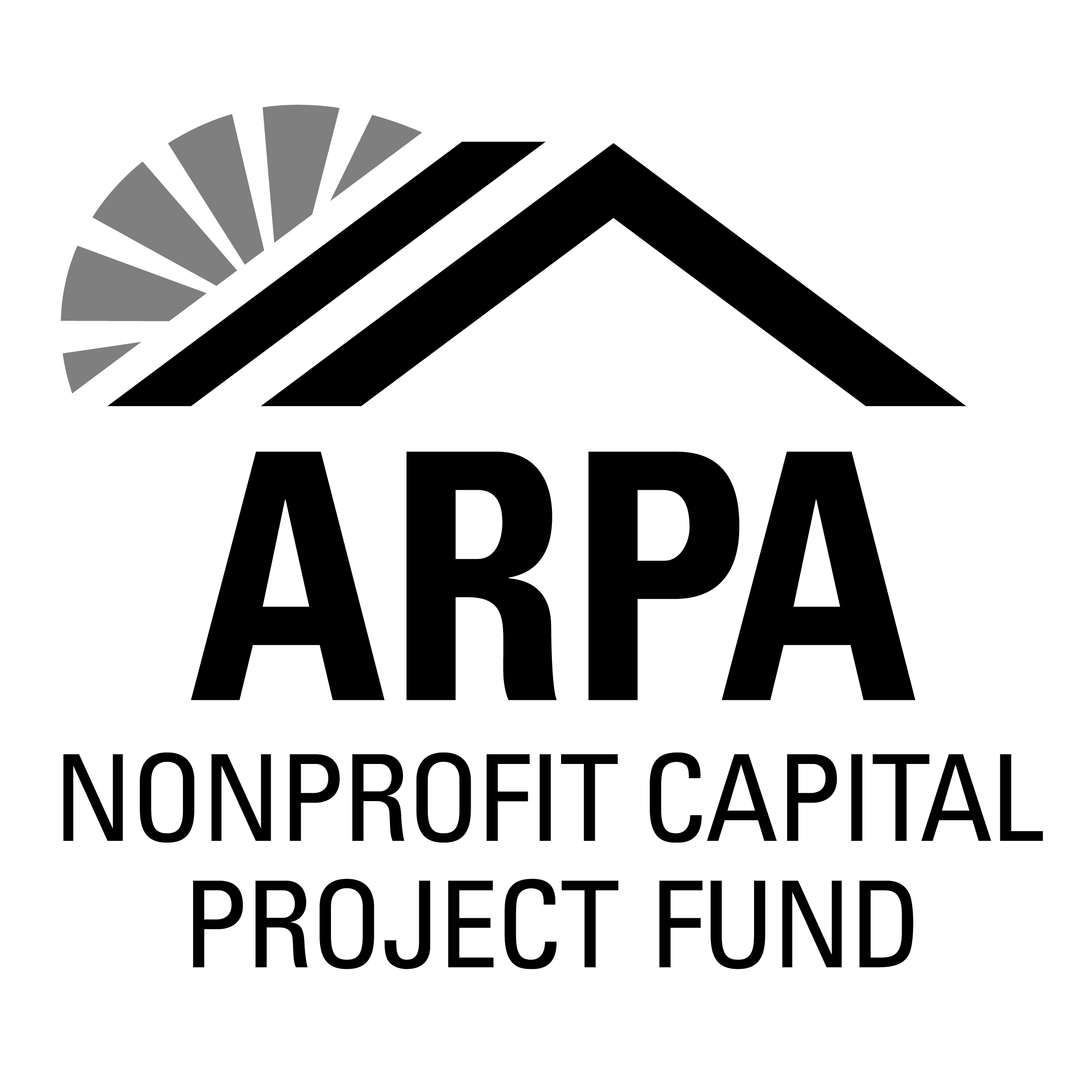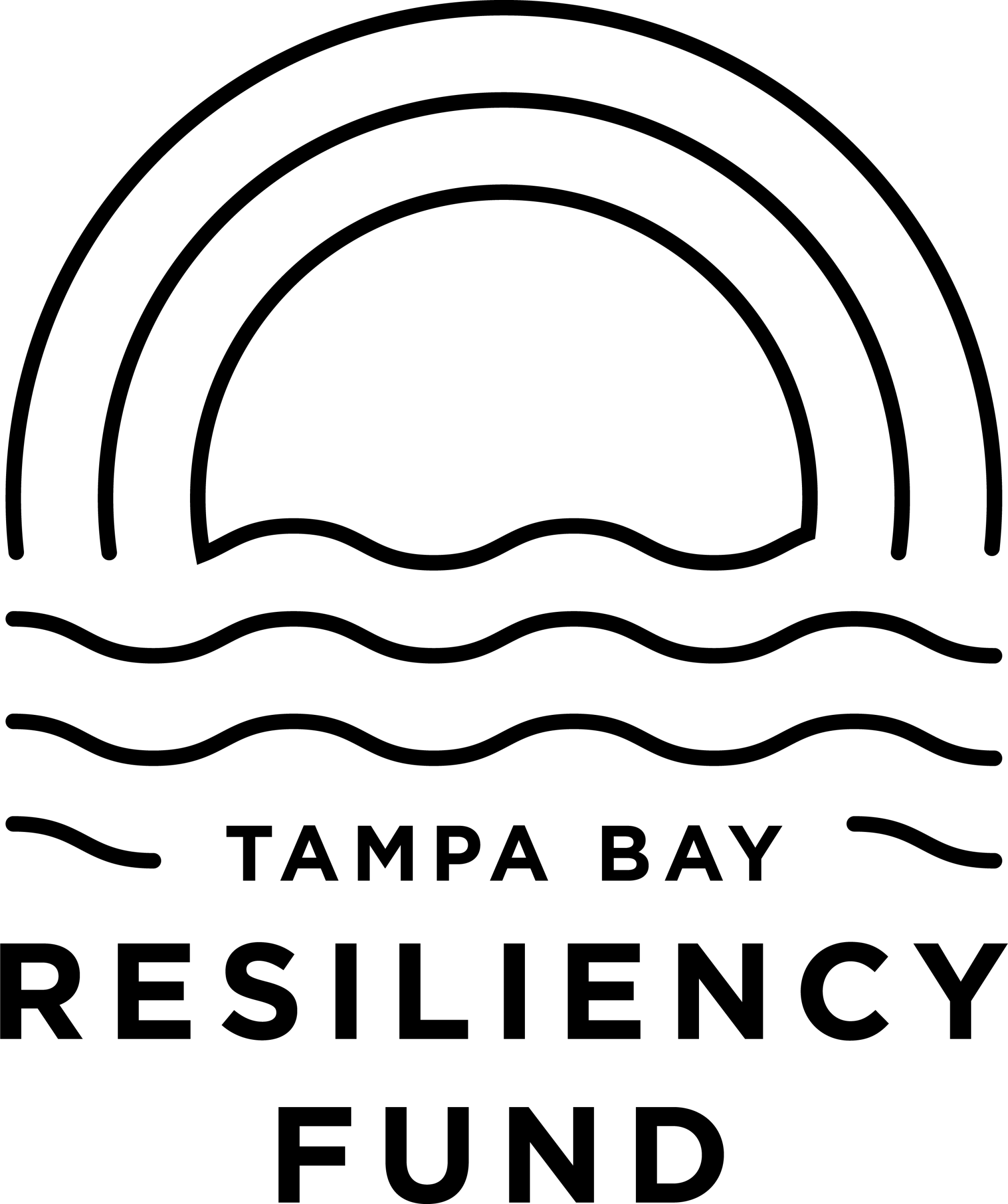Catherine Woods decided to sell her house to support herself making art full time during a three-week trip to South Africa.
The St. Pete-based sculptor is an enthusiastic advocate of public art, particularly sculpture. Her love of the way art transforms an environment overpowered her need for financial security.
Woods took the plunge in 2001 äóî she would leave her 12-year-long advertising career as an art director at Leo Burnett in Chicago and its wonderful salary. She would miss her coworkers, and swears that the advertising industry in corporate America is full of smart, funny people with the creative license to get wacky.
äóìAnd I loved my house like how I love this house,äó she said. äóìI was like, äóÖOh, Iäó»m serious about this!äó» So I came back and squirreled away money for a year and then I left, so I had a yearäó»s living expenses.äó
She moved to St. Louis, where she hung out at the Pulitzer House as a docent and got to be on panels with Ellsworth Kelly, Richard Serra. A handful of years later she moved to St. Pete.
äóìI did a tour before I came here,äó she said. äóìItäó»s not like I left St. Louis and said (in a sassy thick mock backwoods Southern accent), äóÖGoin to St. Pete!äó» I wanted something warm near water. I looked at Georgia. I looked at the Carolinas. I looked at parts of Florida that didnäó»t appeal to me at the time, and I ended up here because I love the brick streets in front of my house, love the live oaks, love the vintage cottages, the bungalows äóî itäó»s a pretty little city.äó
Woods has been working in a combination of metal, glass, and glass etching and tinting, allowing the qualities of light, transparency, opacity, shadow and direction to change from sun up to sundown and into the night. She has a public sculpture in Tampa, one in Seminole and another in St. Pete in front of All Childrenäó»s Hospital.
Woods would like to have something in St. Peteäó»s official public art collection one day. She has a piece in the Pinellas Suncoast Transit Authority administrative offices
Sheäó»s currently working on two projects, one for Vancouver, Washington, and the other in Enfield, Connecticut.
I sat down with her at her home in the Old Southeast neighborhood of St. Petersburg:
Had you been running your own art business prior to moving to St. Pete?
A couple years, yes. I did the Oasis, which was my first public art project in Clayton, Missouri. Itäó»s for a metro transit center. And itäó»s a suspended piece of eight panels. Four of them represent earth, air, fire and water because the concept was to bring a permanent landscape into the bus island. So I did that with the colorful glass and then the other dimensional aluminum sculptures that are hanging, these are 18 feet tall by 3 feet wide. Theyäó»re lucky symbols from and around the world because I want to wish the metro travelers good luck on their journeys and I want to embrace all diversity. I looked at African adinkra symbols, I looked at lucky coins, palms of the lucky hand, the 4-leaf clover — those are all there.

The length of the bus island platform is 280äó»,
Painted, screened and etched floatglass panels and aluminum sculptures mounted in coated steel frames. Commissioned by Arts in Transit/Metro,
St Louis, MO. Photo courtesy of the artist.
When you walk underneath it, thereäó»s a lot of movement. Kaleidoscopic sky-scapes. Lucky coins and wishbone forms. The 3D comes out from the side so itäó»s not just a flat panel. Thatäó»s another thing I learned about public works. There were some heavy hitters in our group; they looked to the public for feedback, some of the feedback was great and some were like äóÖI donäó»t like blue.äó I mean, you can just throw that comment away. Someone commented on how flat they were and I was like, äóìThatäó»s a really good commentäó so we added the 3D to the panels. Sometimes youäó»re working on so many concepts and itäó»s nice to have people with good comments. I always like to show my ideas to artists I trust, whose opinion I trust, who have good eyes.
It must be very easy for the client to work with you because you worked in advertising so youäó»re not like, äóìOh, my Art!äó
Yeah, totally. I mean, public art is a different animal. Iäó»m doing work thatäó»s going into their community — I want the people to love it. So yeah, I want to work with them. I donäó»t get a lot of pushback. Corporations are like, äóìYou do what you do, thatäó»s why we hired you.äó I mean, as long as it doesnäó»t rip out the soul of the idea, I can work with it.
When you moved to St. Pete, did you start applying for sculpture calls around the State or the area or did you already have projects going on in other areas?
Itäó»s always easier to work closer to home. Moving materials around, having your team here and being able to go to the site and working on the details — [for example] there were details on this site in Seminole where the stainless washers on the decorative bolts that hold this cover on the bottom were rusting and if I had been out of town, that wouldäó»ve been a pain in the butt. But since I was here, I saw it right away. And it was funny because not all of them rusted. They all came out of the same damn box. Butæ some rusted in days and some didnäó»t. So, Iäó»ve got to order better quality stuff and put in on there! So they did. They were great to work with so it was not a problem. That sort of stuff, when youäó»re out of town, is more of a pain.

So how involved would you say you are with the St. Pete art scene? Or the Pinellas County art scene?
It depends on what Iäó»m doing. If Iäó»m hunkered down and Iäó»ve got a bunch of projects, Iäó»m not that connected. Iäó»m busy right now so itäó»s hard to get out all the time so, frankly, when Iäó»m doing art full-time, I need a break from art. I think you need to be well-rounded. I want go bowling. I want go to my meditation class. I want go swimming. I want go for a walk on the beach. You know? You just need to get out there and do the things that inspire you to do more art.
What drew you to taking on these very large projects? It seems like you do a number of types of art but public art is more special to you.
I love it. I mean, I love problem solving. I love working with teams. This kind of art just makes a huge change in an environment. If you can go straight to the Oasis one, the bus depot would not look the same without that art there. Bigger art is just big and splashy and itäó»s fun to do. I also love the egalitarian aspect of it — itäó»s nice to put art out for the public thatäó»s for everybody. You donäó»t have to go to a gallery, you donäó»t have to go to a museum. Itäó»s nice to be able to do that without completely pandering. Thereäó»s some art that I think isnäó»t trying hard enough or, äóÖHey Iäó»ve seen that a million times before!äó» Well, I donäó»t want to start bad mouthing art I donäó»t like.
But itäó»s so fun to do!
I know it is. Ok then. If I have to see one more ring of kids in bronze where you grab the hand of the last kid to complete the circleäó_.! Thatäó»s not my kind of art. Yeah. Itäó»s just not and there you have it.
If you were to do a public sculpture in St. Pete, do you have any idea of what it would look like? Is that something you ever think about?
I always have a sketchbook of ideas, but I want whatever I do to be fresh, to answer the issue as it comes up, not äóÖooh Iäó»m going to put this sculpture here because Iäó»ve always wanted to make that sculpture.äó» I want it to be more about feedback from the community.æ What represents St. Pete? What would you say represents St. Pete?
The Don Cesar. Umäó_.the beach, I guess. Mostly St. Pete Beach and the Dali Museum, which isnäó»t really St. Pete, itäó»s just a world-class collection that happens to be in St. Pete. Um…maybe the marina? The sunshine!
There you go. Thatäó»s why. Because if youäó»re in downtown St. Pete, I donäó»t think you want to talk about the beach too much äóÖcause thatäó»s a different place. Itäó»s like Miami and Miami Beach are two different critters. Itäó»s like diving into it and figuring out what represents St. Pete. And from whose point of view?
Exactly.
Mine?
The Southsideäó»s?
Yeah, exactly, the Southsideäó»s? The Northside? Tell me, the people who like to go to the breweries or the people who like to go to the champagne bars or the people who like to go to the Canopy or the people who are going to Munchäó»s? You know?
The shuffleboard court.
There you go, the shuffleboard court.
Biggest shuffleboard court in the world!
Is it?
Yes!
I didnäó»t know that!
Yeah, itäó»s our little claim to fame.
I did not know that. I think this is a great cityäó_. But I agree with you when you say – without the water, we could be anywhere. I think the wateräó»s a really important thing for St. Pete, our relationship to the water is very important for our downtown and I do wish we could work out a way to live harmoniously with it. Weäó»re a little pushed back from the water, where I think we could be more on the water, celebrate the water just a little bit more.

How do you mean?
Well, itäó»s like Beach Drive is a couple blocks away from the water. Other towns have things right on the water. Iäó»m looking forward to seeing how the pier is going to change our relationship to the water.
I just went to the public arts convention. There was a lot of discussion about different ways of doing public art. A 2013 one called Monument and Memorial – it was like how do we approach this anymore? It used to be the white guy on the horse. Thatäó»s obviously no longer a thing. And do we just put a memorial up for every tragedy weäó»ve ever done? And are we just going to be a nation full of sad sculptures? And then the other question that comes up is who is it for, whose point of view? It might be something that was celebrated in one community but not really loved by another community. And could they be temporary? Temporary could be anything from a week to like 10 years. Maybe when the memory goes away the memorial goes away. Maybe it changes over time. Maybe itäó»s like an experiential thing thatäó»s a temporary theatrical piece.
That makes me think of äóìFearless Girläó in New York in front of the Bull and the artist is like äóìYouäó»re tarnishing the meaning of my bulläó and I feel like heäó»s not really working with the changing of the times.
I have got to tell you, I donäó»t love that brave girl thing. I think itäó»s pandering to women. Wasnäó»t it done to get women into investing or something? The Bull Marketäó»s not a bad thing, right? His bull was to show the power of the market and it went to looking like something threatening? It just changes the whole nature of the sculpture, it truly does.
Oh, Iäó»m glad to hear you defend that he was saying that because the article I read made it seem like he was being unnecessarily petty.
Yeah, if that was my sculpture and they made my sculpture go from showing the power of the market to being a threatening icon to a little girl, I donäó»t think Iäó»d like it.
I guess youäó»re right.
And Iäó»m a woman. Donäó»t try to get me into that by showing me a little girl. Would they have shown a little boy or would they have shown a grown man?æ I donäó»t mean to get on the feminist soapbox but this administration has kind of put me there. So I think itäó»s a little pandering, and I understand the artist not liking it. äóÖOoh, brave girl, facing the market all by herself. Woooow. You go, little lady.äó» But on the way of doing that correctly — the monument discussion also turned into what happens when your monuments get vandalized. In South Africa, which has a very tumultuous history — once a year the public is invited to interact with the sculptures and they can do things to them. They use scratches and paint and put things on it to challenge the memory.
WOW! What a fundamentally, completely different approach.
I know, and itäó»s not vandalism because a vandal is when youäó»re not invited. I just heard about that and I havenäó»t done the research because Iäó»ve just gotten home. There are sculptures that are offensive to African Americans in this country; there are sculptures that are offensive to women in this country. Does a woman always have to be bare-breasted around the soldiers?
They showed some examples around the country of a certain group being represented in a certain way that could be considered offensive. I donäó»t want to sound like everything offends me, because it doesnäó»t. If you can update it historically, like in South Africa, I think thatäó»s fascinating.
Public artworks — itäó»s like, know whatäó»s going on around the Country and in the world. Donäó»t have the blinders on. Know that temporary public art is a huge movement in public art right now. Thereäó»s a respected administrator in, I think itäó»s Pittsburgh, their goal was to get people out in the winter between February and April which is apparently not that beautiful. They had a $50,000 budget and they did a temporary thing for a few months. Everything from an interactive light sculpture to a woman who came in and planted a forest and put a gazebo in the center. Itäó»s kind of like the Fourth Plinth in London in Trafalgar Square. Are you familiar with the Fourth Plinth? Four corners have white guys on horses and the Fourth Plinth, which is once a year, they invite an artist to come and interact with it. So theyäó»ve had everything from a kid on a rocking horse to a big blue rooster. Anthony Gormley did the Fourth Plinth.æ His idea was to make it like a soap box – his idea was for people to get up and talkæ for 15 minutes for a year. For a year that was the soapbox. He, a traditional sculptor, used it as a performance piece. So thereäó»s a lot of interesting things going on. Conflict Kitchen is an interesting thing going on. Artists opened a cafe that sells food from countries that weäó»re currently at war with and the food is wrapped in articles about the country and they encourage conversations about the situation.


